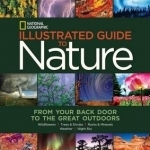
National Geographic Illustrated Guide to Nature: From Your Back Door to the Great Outdoors
Book
Bursting with beautiful images and completely authoritative text, this comprehensive nature field...
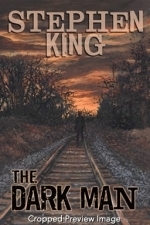
The Dark Man
Book
The Dark Man: An Illustrated Poem by Stephen King Stephen King first wrote about the Dark Man in...
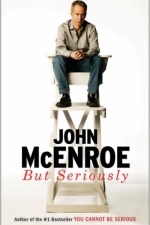
But Seriously: An Autobiography
Book
He is one of the most controversial and beloved athletes in history, a tennis legend and a volcanic,...
Autobiography sports
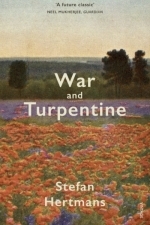
War and Turpentine
Stefan Hertmans and David McKay
Book
Shortly before his death, Stefan Hertmans' grandfather Urbain Martien gave his grandson a set of...
Historical fiction

Agent M: The Lives and Spies of MI5's Maxwell Knight
Book
Spying is the art of knowing who to trust-and who to betray Maxwell Knight was perhaps the greatest...
Biography memoir thriller
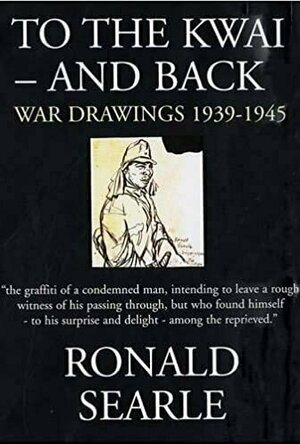
To The Kwai and Back: War Drawings 1939-1945
Book
In 1939, as an art student, Ronald Searle volunteered for the army. Called up in September, he...

Empire of Pain
Book
'Put simply, this book will make your blood boil . . . Keefe . . . paints a devastating portrait of...

Flamecraft
Tabletop Game
Artisan dragons, the smaller and magically talented versions of their larger (and destructive)...
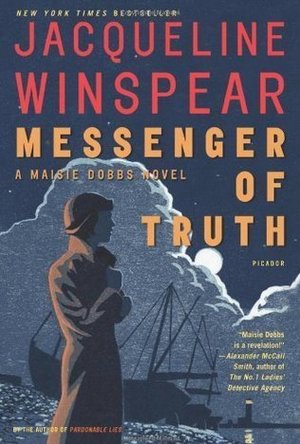
Messenger of Truth (Maisie Dobbs #5)
Book
London, 1931. On the night before the opening of his new and much-anticipated exhibition at a famed...
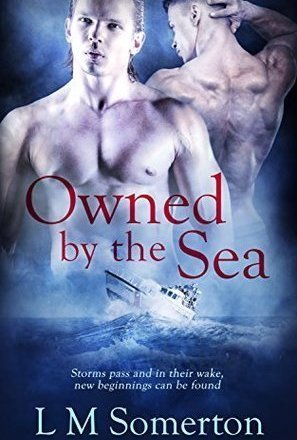
Owned by the Sea
Book
Storms pass and, in their wake, new beginnings can be found. Talented young artist Jonty Trelawn...
BDSM M_M Contemporary Romance